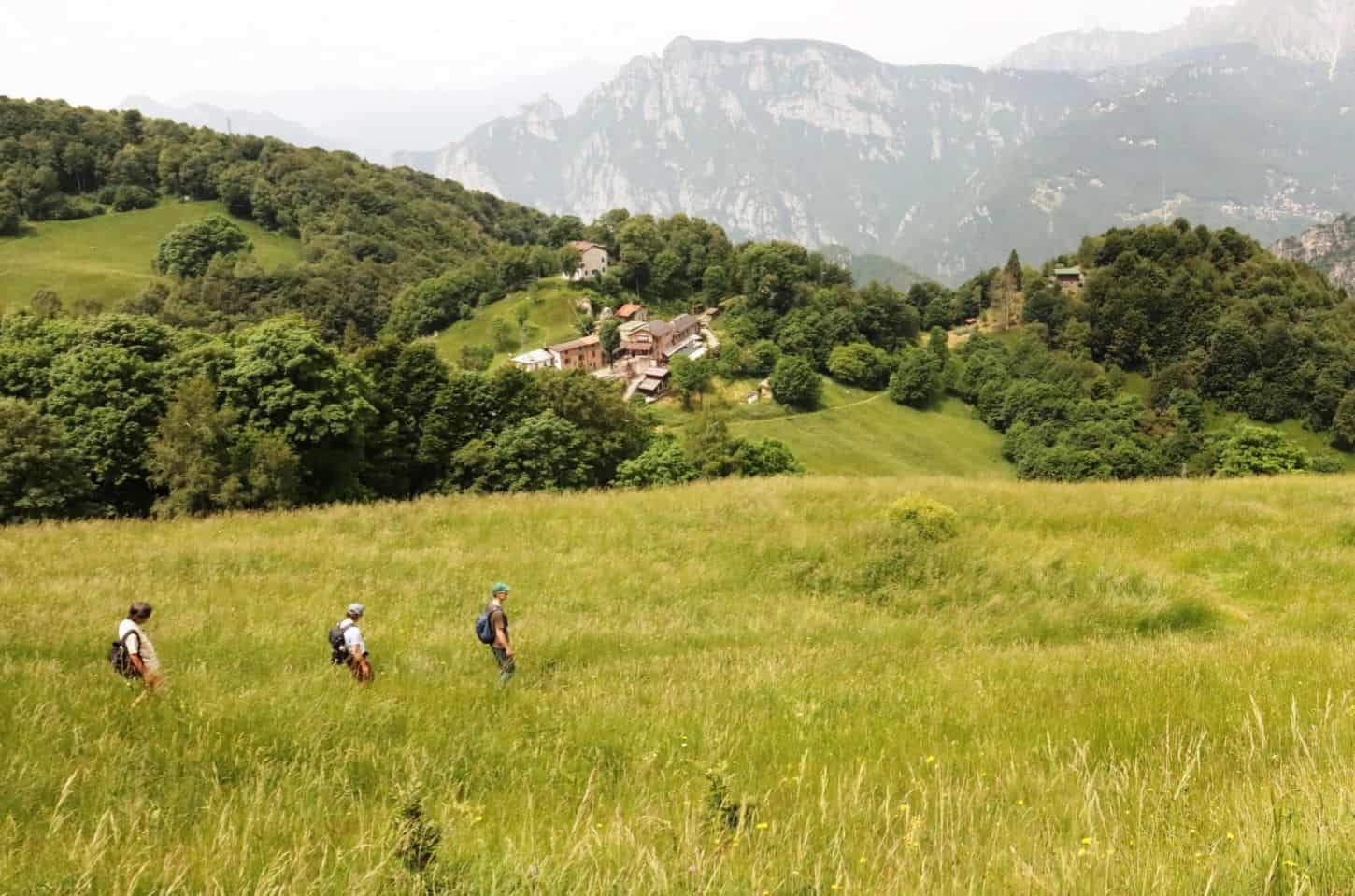Today, October 12, 2023. We find ourselves in the midst of autumn, a season where the warm hues of the mountainside forests create a vibrant contrast with the icy whiteness of the first snow glistening on the peaks.
But that’s not the case. As I review the weather data for my region, I’m met with a stark reality. The highest thermometer reading, at an elevation of 3476 meters in the Ortles massif, is +5°C. Yes, that plus sign is not a mistake. Descending to the 2800 meters of the Livigno ski facilities, the temperature reads +13°C. For weeks, the freezing level hasn’t dropped below 4000 meters, as if we were at the foothills of Kilimanjaro. Speaking of which, even there, things are far from ideal. The ice surface has diminished by 85% in recent years. Climate change spares no one, not even at the Equator.
If this is autumn, what kind of winter can we expect? Are we within a meteorological anomaly that may or may not repeat, or is it a trend only explainable by the worst climate change scenarios? Perhaps it’s a bit of both. We don’t possess a crystal ball, and those responsible for the winter tourism industry must soon navigate these uncertain waters. They need to plan the season and make investments to ensure guests find the expected snow. It’s a challenging profession, akin to being on a Titanic swaying perilously amidst the changing climate.
Beyond the snow blanket lies a world of opportunities that demand exploration and innovation. This is a chance to revamp a tourism system that has long relied on variations of the ‘Ski Total’ recipe, attempting to meet the ever-evolving demands of potential visitors. A day on the slopes may be better suited to a ‘hit and run’ tourism style, burning through the trails in a few hours without leaving a trace, except for traffic and congestion. Winter in the mountains is about endless nights, frigid twilights, and times to be spent with friends and family who may not wish to ski, perhaps due to age.
The future of mountain tourism isn’t in mass winter tourism but in more exciting forms of experiential tourism. These forms require a connection with the local community and territories that, particularly at moderate elevations, boast rich cultural and natural heritage. It might be complicated in areas where monotonous tourism has replaced economies and, sometimes, even the human presence that sustains a community’s network of relationships with its land. But it’s worth a try, considering that no place in the Alpine region, not even the most depopulated, exists in isolation from a shared historical narrative.
Starting with an inventory of the assets and infrastructure comprising a territory’s identity, we can outline the web of relationships, present or historical, that each area maintains with neighboring valleys, the lowland cities, mountain pastures, and passes. The examination of what motivates a community to be part of a revitalization project is crucial. It starts with its internal cohesion.
The key questions are the usual ones: What can we bring to the table? Who might be interested in our offering? For every community that reflects on these questions, there’s a need to find segments of demand looking for places to connect. Undoubtedly, the aging population constitutes a growing segment of the tourism market, but it’s not the only one.
Balanced, less performance-oriented offerings must be devised. Beyond skiing, the mountain awaits in all seasons, in rhythms that extend beyond weekends. Within its folds, we must seek a path that centres on the community’s sense of belonging and inclusivity toward ‘outsiders,’ be they tourism investors or second-home owners. Economies of scale are essential, and for that reason, nothing that can become a local resource should go to waste, all while maintaining the community’s central role in guiding a change that leaves no one behind.
(from our Partner Legambiente)



